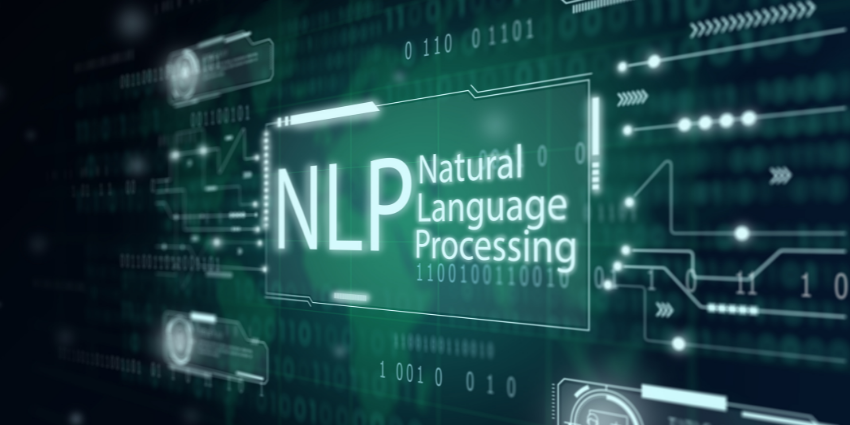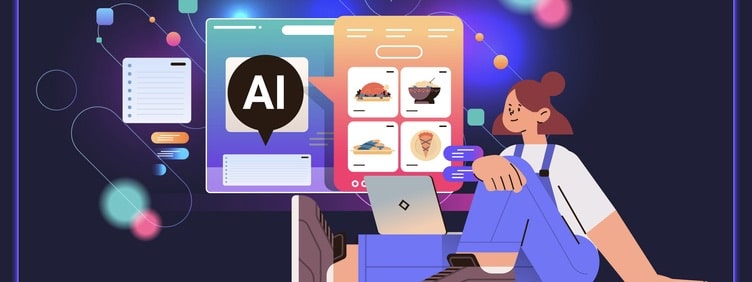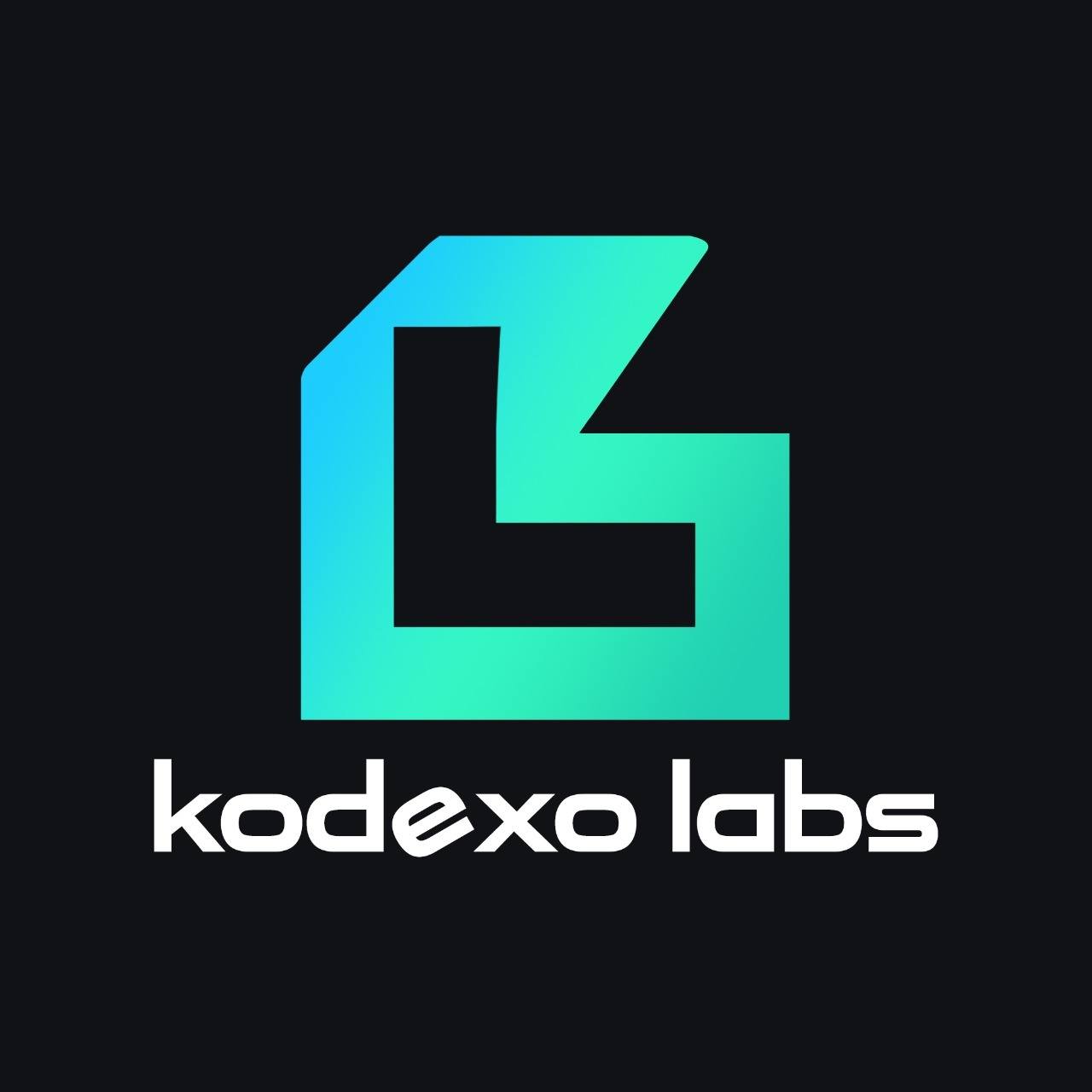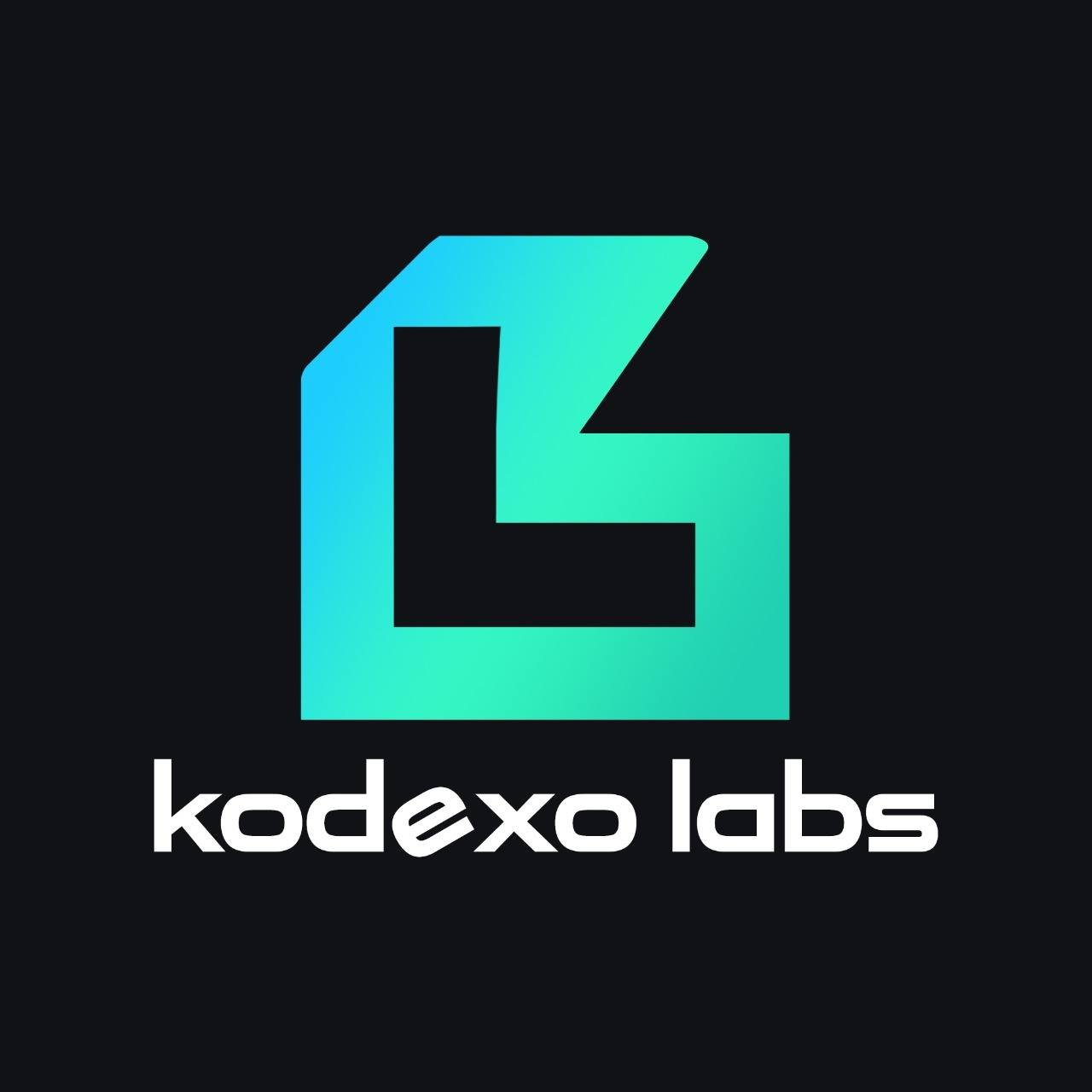
Natural Language Processing and Generative AI: Defining the Roles
Natural Language Processing and Generative AI: Defining the Roles
Introduction:
In the realm of artificial intelligence, the synergy between Natural Language Processing (NLP) and Generative AI holds paramount importance. As technology advances, grasping the nuances of this relationship becomes essential. This blog delves into the critical interplay between NLP and Generative AI, acknowledging the evolving technological landscape and the need for a comprehensive understanding.
Generative AI Definition:
Generative AI, a subdomain of artificial intelligence, is dedicated to the autonomous creation of various content types, encompassing text and graphics. Diverging from traditional AI, which relies on pre-programmed responses, generative AI produces original outcomes based on its training set. The essence of Generative AI development services lies in leveraging complex algorithms that analyze data patterns and extrapolate to generate fresh, contextually relevant information.
What is Natural Language Processing?
What is natural language processing? NLP within artificial intelligence seeks to equip computers with the ability to comprehend, interpret, and meaningfully respond to human language.
This involves the development of algorithms and methodologies for extracting meaning, sentiment, and intent from extensive natural language data, covering text and speech. NLP finds application in diverse contexts, including chatbots, virtual assistants, sentiment analysis, and more.

Generative AI and NLP:
The fusion of NLP and Generative AI introduces a new dimension. Beyond mere language comprehension, NLP algorithms, enhanced by generative AI, can generate responses resembling human-like complexity. This synergy enhances the capabilities of NLP models, paving the way for more intricate and context-aware interactions.
How Generative AI Contributes to Natural Language Processing (NLP):
Generative AI plays a pivotal role in augmenting Natural Language Processing (NLP) across various dimensions:
i. Language Generation:
Beyond basic text production, generative AI enables robots to construct coherent and contextually appropriate language. Its use in content development ensures the creation of engaging and individualized language.
ii. Contextual Understanding:
Generative AI enables NLP models to gain subtle context through lengthy training, improving language processing accuracy. This is useful for interpreting comedy, sarcasm, or cultural allusions, enhancing robots' ability to negotiate the complexities of human communication.
iii. Conversational Agents:
Generative AI drives the development of advanced chatbots and virtual assistants, resulting in more natural interactions. These agents actively adapt to human input, which is especially useful in customer service, increasing engagement through sympathetic and context-aware answers.
iv. Data Augmentation:
To address data scarcity issues in NLP, Generative AI generates synthetic data, which improves model training and performance. It broadens linguistic contexts and strengthens the resilience of NLP models against real-world language fluctuations by creating different training samples.
v. Multilingual Capabilities:
NLP models can grasp and generate information in different languages with generative AI, which promotes global communication. The seamless shift across languages highlights Generative AI's adaptability in NLP, breaking down linguistic barriers.
vi. Creative Content Creation:
Integrating Generative AI with NLP enables the creation of unique and compelling content across text, graphics, and videos. AI in digital marketing is extremely useful for writing attractive ad copy and creating visually appealing, audience-tailored content.

How are Business Impacted with Generative AI and NLP:
Generative AI's impact on businesses within Natural Language Processing (NLP) is profound, influencing:
- Improved communication and customer support through chatbots.
- Enabled personalized content creation and data augmentation.
- Expanded global reach with multilingual capabilities.
- Enhanced innovation in product development.
- Competitive edge through automation and efficiency gains.
Conclusion:
In summary, the collaboration between Generative AI and NLP is transformative. It revolutionizes customer service, communication, innovation, global reach, and business efficiency.
This synergy propels the capabilities of AI-driven technologies, opening avenues for diverse applications in an ever-evolving digital landscape. Understanding and harnessing this relationship is key to unlocking the full potential of artificial intelligence in language processing.

